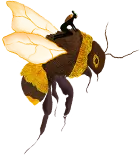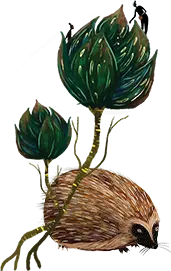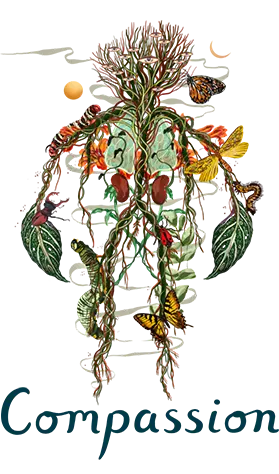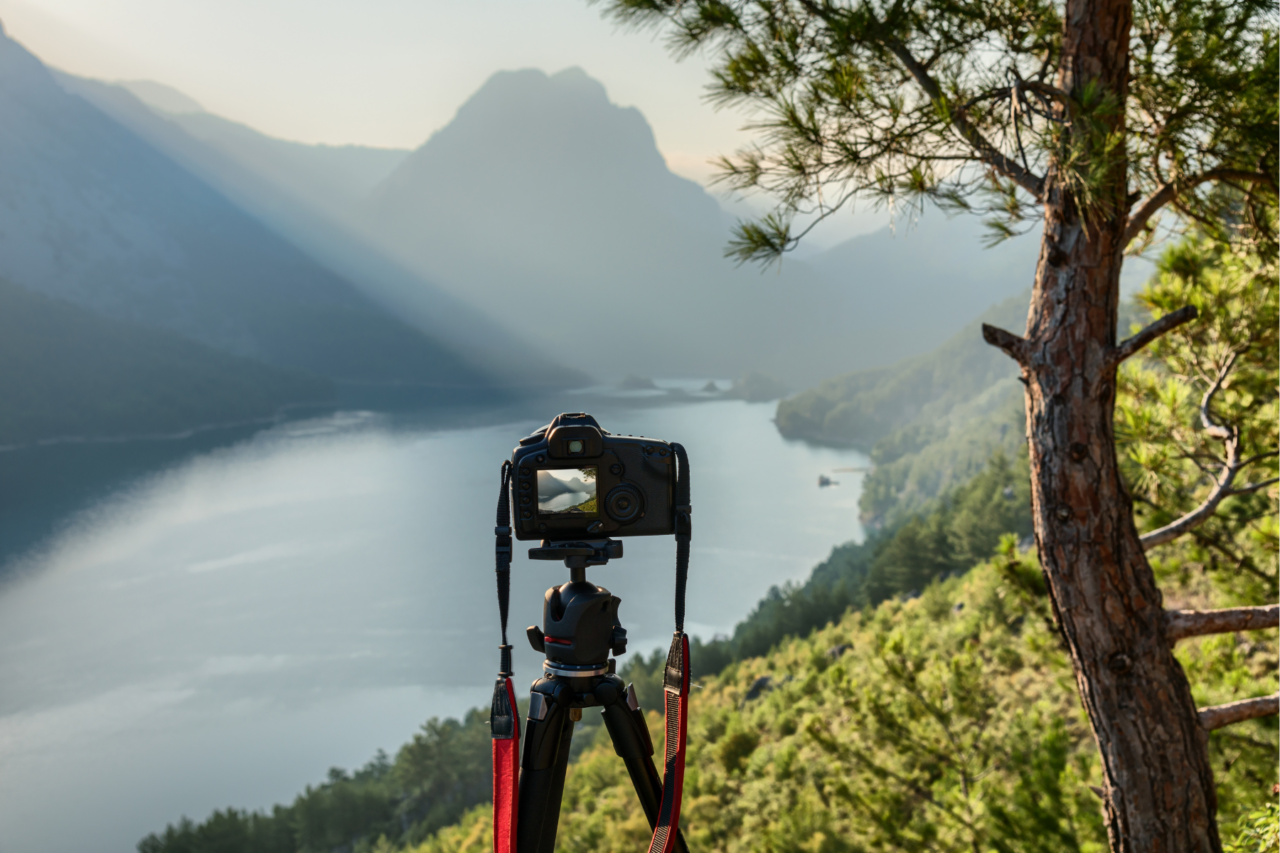
The Beauty pathway in action

To better understand a pathway to nature connection, it helps to see it in action…
Here are some examples of how you can tune into and celebrate the Beauty of Nature.
Written in partnership with Carly Butler from the Nature Connectedness Research Group at University of Derby

If we are asked to think of examples of Nature’s beauty, we may think about a spectacular view from a hill or mountain, or the beauty and magic of a colourful sunset. Recently, many people were awestruck with the beauty of the Aurora Borealis – a rare opportunity to see the Northern Lights making the sky flash green, purple, blue and pink. Less dramatic, but no less beautiful, is the beauty of a flower – a rose, a daffodil, or a daisy for example.
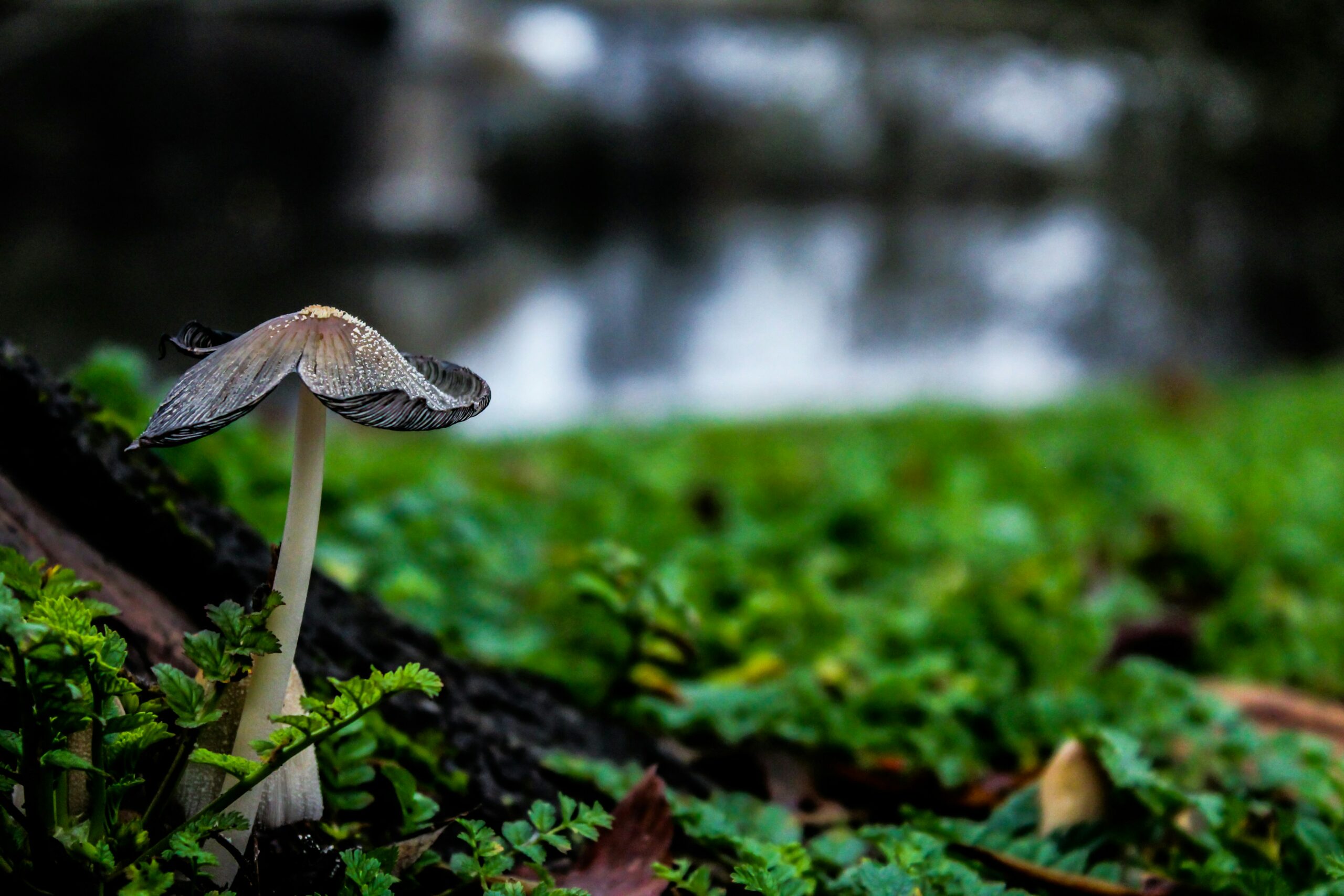
Arts and creative practices are an excellent way of tuning in to the beauty of Nature. Using a phone to take a photo, video, or audio-recording of something beautiful in Nature invites us turn our attention to the natural world and focus on something we may otherwise overlook. Sharing these findings and creations with others can help them benefit from the beauty of Nature also.
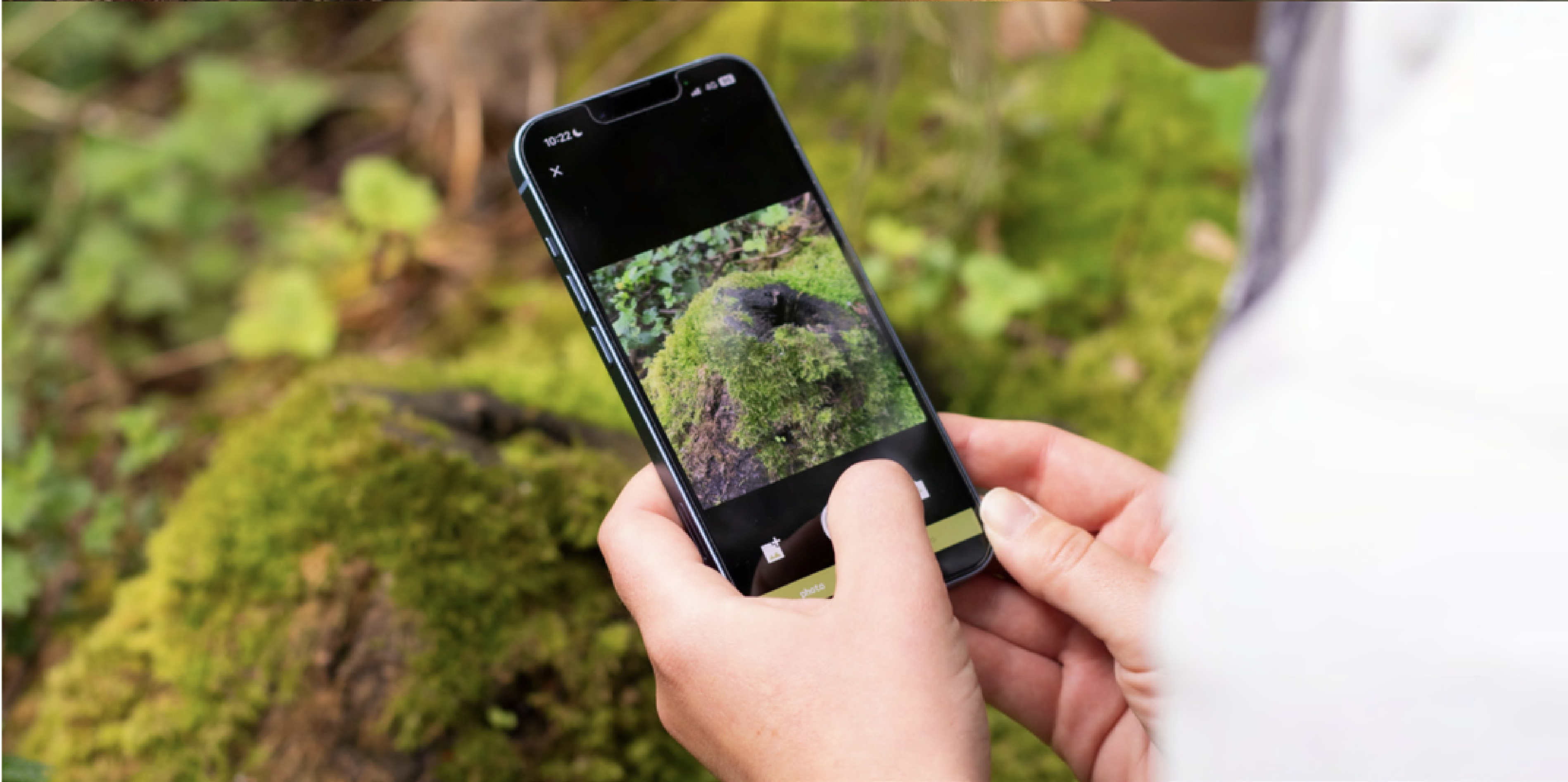
Arranging natural objects also heightens our sensitivity to the beauty and gifts of Nature – create a mandala out of stones and leaves and grasses and cones, or a bouquet of grasses carefully arranged, and leave them in a natural space for someone else to discover.
A few more examples of how you can engage with the Beauty pathway:
Take photos of a beautiful tree.
Explore different angles – the crown against the sky, a close up of the bark and maybe moss and lichen on the branches, the roots, a leaf, the sunlight shining through a leaf, the shadow of a branch on the ground, any
flowers, seeds or cones. How many shades of green are there in the leaves?

Go for a beauty hunt.
Set out for a wander around your neighbourhood or local park, and find three beautiful things. You can write them down, take photos or drawings, or just mentally note them. You may like to do this with friends or family – whether together or apart. A beauty hunt could be done online too – look for a virtual forest
walk video and spot beauty in there. Or you could find and save three images of Nature’s beauty on a computer or phone, perhaps saving as a background or screensaver so you can access Nature’s beauty whenever you like.
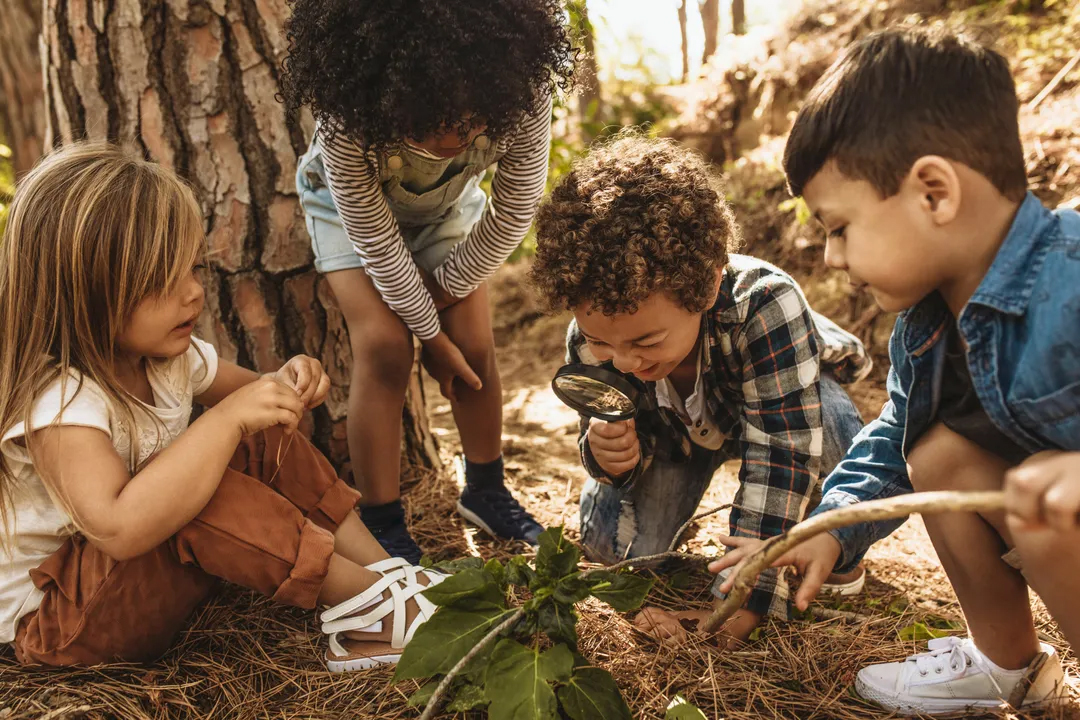
Create a piece of natural art.
This could be as complex or as simple as you like. Find a beautiful feather and put it in a frame. Dry some flowers. Arrange stones. Use leaves to create prints, or press grasses into clay or mud to admire their imprints. Taking the time to draw something in Nature (whether you have any artistic experience or skill or not!) really helps us focus in on the detail and the beauty of that detail.

Find beauty in the ordinary
You might look closely at a feral pigeon – how many colours are in their feathers? Notice how they shine and glisten. Stop to look at the symmetry and delicacy of a spider’s web, a work of art in its own right.
Everyone can appreciate beauty, but some people may find more beauty in life by actively seeking it out and noticing it more. (Diessner et al., 2023)


